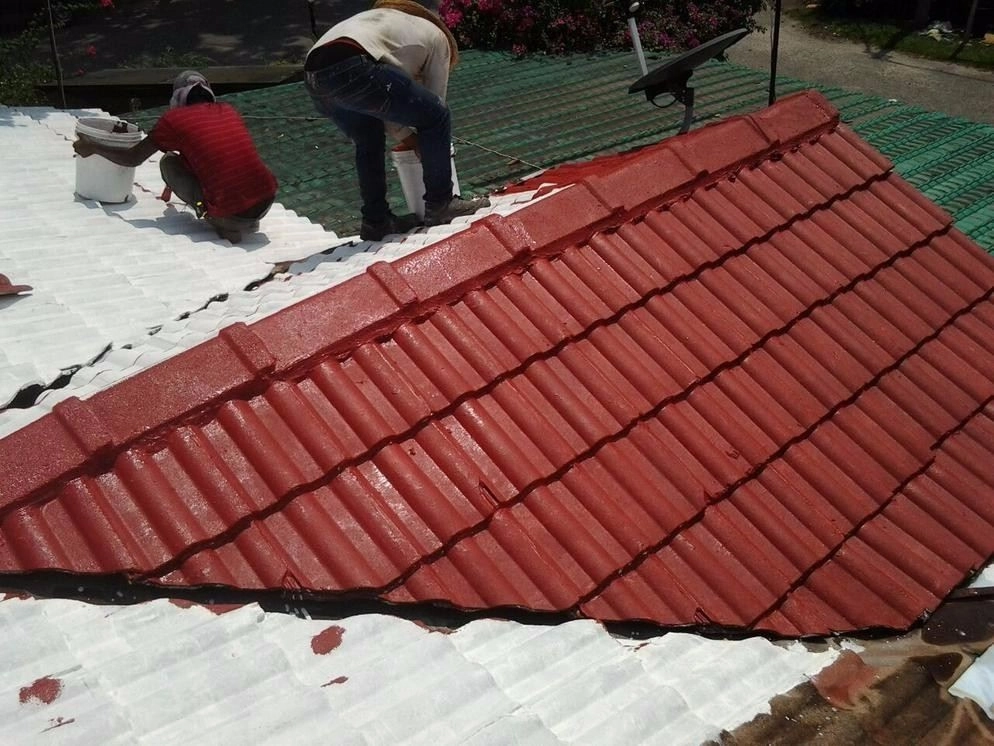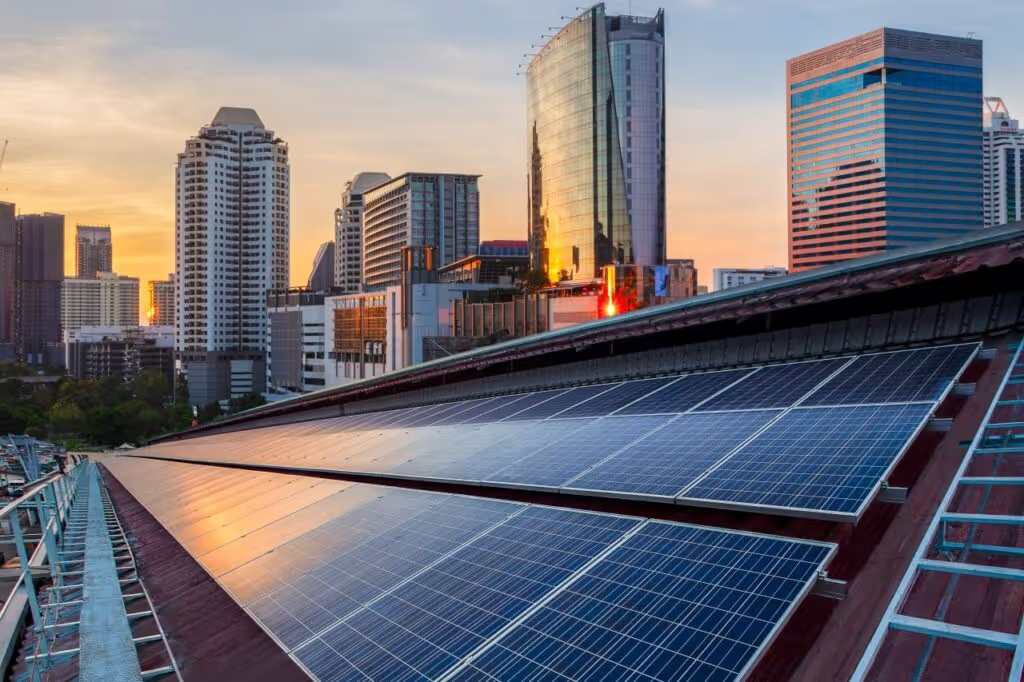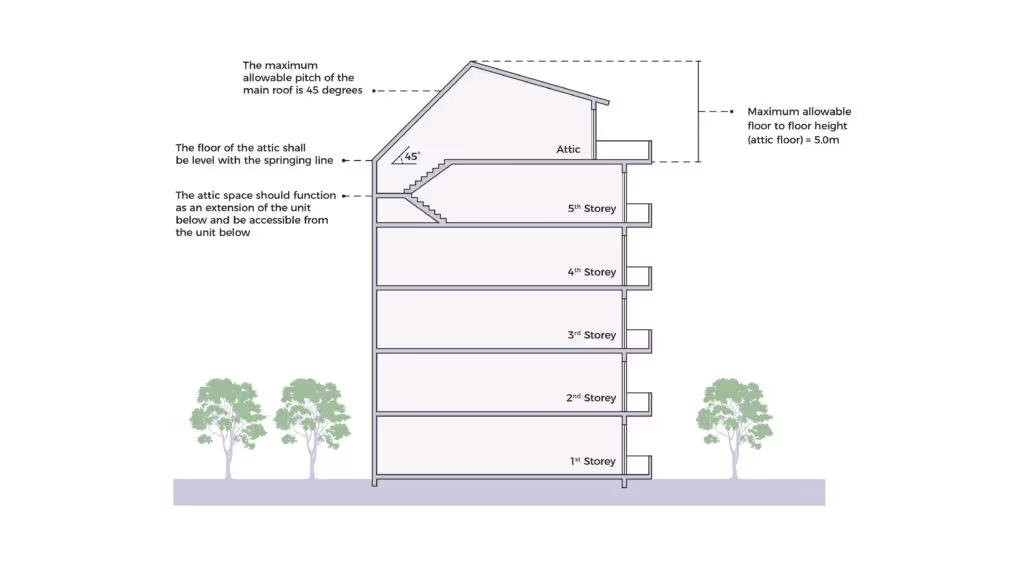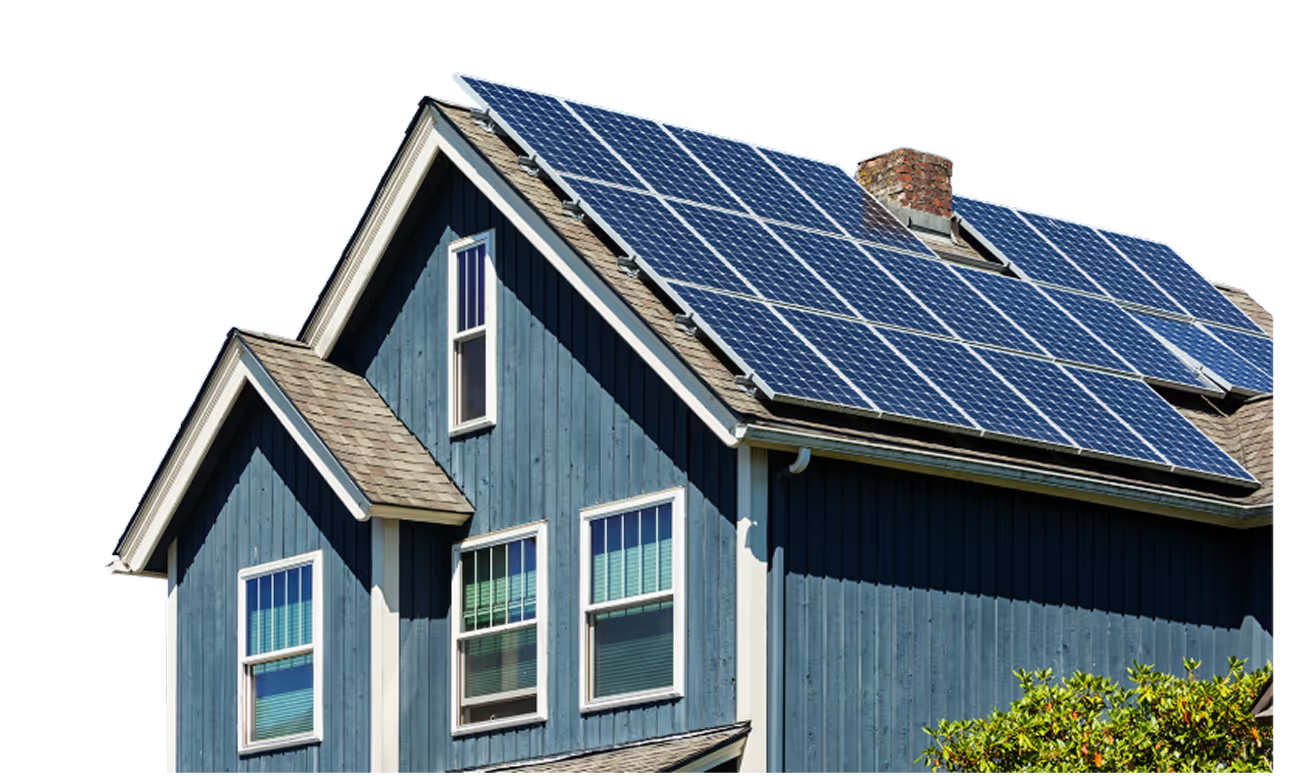%20Solar%20Panel%20Maintenance%20and%20Installation%20Cost%20Malaysia%20(1).png)
Solar is gaining serious traction in Malaysia — and it's no wonder. With energy bills rising and more Malaysians looking for sustainable ways to power their homes, solar is a smart, long-term investment. But there's one question many homeowners still ask: What happens after the panels are installed?
Yes, solar can slash your electricity bills by up to 90%. But what about maintenance costs, warranties, or unexpected repairs a few years down the line? While solar panels are built to last, they do need care. Without proper upkeep, hidden costs can quietly build up over time.
Your total cost doesn't just depend on the solar panels themselves. Factors like your roof type, system size, and whether you choose a traditional purchase or a zero upfront cost plan — like the Rent-to-Own option from GetSolar — also play a big role.
In this article, we'll walk you through the solar panel maintenance typically cost in Malaysia, the key factors that influence installation prices, and other potential expenses — like roof waterproofing — so you can plan your solar journey with confidence.
Solar Panel Maintenance Cost in Malaysia: What No One Tells You
Most solar companies highlight the impressive lifespan of solar panels — usually 25 to 30 years. But what often gets left out is the cost of keeping them running smoothly over those decades.
In Malaysia, solar panel maintenance typically costs between RM200 and RM800 per visit. The actual price depends on the size of your system and your location. These visits usually cover essential servicing like panel cleaning, inverter checks, and system testing — much likea yearly air-conditioner service.
At first glance, it might not seem like much. But here's the reality: over 25 years, even with just one RM600 visit per year, you're looking at RM15,000 or more in maintenance costs alone.
Most installers offer a limited maintenance package or contract — usually for the first 1 to2 years — as part of what's called a Defects Liability Period (DLP). But beyond that, lifetime maintenance isn't included. And since most solar PV systems are build to last decades, that gap matters.
If your solar panels needs replacing during the warranty period, the hardware is usually covered. However, some contracts may still require you to pay for labour, such as dismantling and reinstallation — so it's worth checking the fine print.
Warranty Coverage
Most solar panels in Malaysia come with a 12-year product warranty and a 25-year power output warranty. For solar inverters — which are more prone to wear and tear — the standard warranty is usually 5 years. These warranties typically cover 1-for-1 replacements if the equipment is physically defective.
Note: We often recommend adding a 5-year extended warranty for your inverter. While this might cost between RM1,000 to RM3,000, depending on its capacity, it's a smart investment — inverters are one of the most common components to face issues over time.
Today, most solar panel systems also include a free online monitoring platform or mobile app. These tools let both you and your installer track your solar PV system's performance in real time. Keeping a close eye on system data and addressing issues early helps reduce the risks of serious long-term damage and cut down unnecessary large expenditures in the future.
Worried About Solar Panel Maintenance Costs?
Concerned about the long-term costs of maintaining your solar system? You're not alone and that's exactly why we created the GetSolar’s Rent-To-Own (RTO) plan.
With zero upfront cost and plans starting from RM360/month, our Rent-To-Own plan takes the stress out of going solar. Best of all? It includes full maintenance and servicing at no extra charge, so you don't have to worry about hidden costs down the line.
Want to see how much solar could cost for your home? Tap below to get an instant estimate:

Waterproofing or Reroofing Costs

One often-overlooked cost of going solar is roof waterproofing, especially if you have an older or tiled roof. During installation, the rails that support your solar panels need to be drilled into place. While professional installers take precautions, these drill points can still lead to water intrusion if not sealed properly, especially during Malaysia's heavy rains.
If your roof is aged, worn, or has existing issues, we strongly recommend waterproofing your roof before installation. It's a one-time cost, but it protects your home for decades. After all, your solar panels will be sitting on that roof for the next 25 to 30 years — and leaks can be far costlier to fix after the fact.
Factors That Affect Solar Panel Installation Price in Malaysia
Now that we’ve covered what it takes to maintain a solar system, let’s talk about the installation costs. These can vary widely depending on several factors, from your roof type to the size of the system you need.
Want a quick idea of what solar might cost for your home? Try our Solar Calculator to get an instant, personalised estimate.
Get A Free Solar Price Estimate!
Size of the System

One of the biggest factors influencing the cost of your solar panel installation is the size of your system. This depends largely on how much usable roof space you have. While larger systems do cost more upfront, they tend to offer better value over time — with a lower cost per kilowatt-peak (kWp) and higher long-term savings.
Your system size should also match your household electricity needs. A good starting point is to review your electricity bills from the past three months to estimate your average usage. This helps ensure your system is sized just right, not too small to be effective and not oversized for your needs.
Roof Pitch, Type and Material

Solar panels can be installed on almost any roof — but the type, pitch, and material of your roof can significantly affect your installation cost. Some roof types may need additional mounting structures or racking systems, depending on how the panels need to be secured. In Malaysia, most residential roofs fall into three categories: tiled, metal, or concrete.
Tiled Roofing
Tiled roofs often require a more involved setup. Installers usually remove and reattach the tiles after securing a mounting frame underneath. Drilling is typically necessary to keep the structure stable. If your roof lacks easy access, external scaffolding may also be required which can add RM3,000 to RM6,000 depending on the building height and complexity of the site.
Metal Roofing
Malaysia mainly sees two types of metal roofs: standing seam and trapezoidal. Standing seam metal roofs are ideal for solar, as no drilling is needed. Mounting clips can be fastened to the seams, which makes the process faster, more cost-effective, and waterproof-friendly. It also makes removal and reinstallation easier, should the need arise.
Concrete Roofing
Concrete roofs are also solar-friendly. Panels are installed using ballasted mounting racks — meaning they're weighed down with concrete blocks rather than drilled in.. Since most concrete roofs are often flat, the mounting racks are tilted to ensure rain can wash away debris naturally, helping keep your panels clean.
Note: If your roof is steep, expect a longer and more careful installation process. Extra manpower and safety precautions are usually required — which can increase overall labour costs.
Type of Solar Panels
The type of solar panels you choose plays a big role in the overall cost of your solar panel installation. Pricing is mainly influenced by two factors: technology and the brand.
There are three main types of solar panel technologies: Monocrystalline, Polycrystalline and Thin Film. Each comes with its own pros and cons, but monocrystalline solar panels are now the most widely used for residential rooftop — thanks to their high efficiency and space-saving design.
In Malaysia, most installers recommend panels from Tier 1 solar panel manufacturers — a classification introduced by Bloomberg New Energy Finance to indicate a company's reliability and production track record. Among these top-tier solar panels, prices vary depending on factors like efficiency, country of manufacturer, and warranty coverage.
Some of the most commonly used solar brands by Malaysian installers include Trina Solar, Jinko Solar, JA Solar, and LONGi Solar — all known of their solid performance and trusted warranties.
GetSolar’s Solar Panel Price Plans
The final factor that affects your total solar panel cost is the pricing plan you choose.
While many solar panel companies in Malaysia only offer upfront purchase models, GetSolar gives you more flexible options. You can choose between a 5-year or 10-year Rent-to-Own (RTO) plan, depending on your budget and priorities.

Here's the difference:
• The 10-year plan starts from RM267/month, requires no upfront payment, and includes a longer workmanship warranty, complimentary servicing, and free maintenance throughout the plan.
• The 5-year plan is more affordable overall, but requires a 50% upfront payment and comes with a shorter warranty.
Choosing the right plan depends on your preferences. If you value long-term protection and peace of mind, the 10-year plan may be a better fit. If you prefer a more economical route, the 5-year plan still offers strong benefits — just over a shorter term.
Estimated Solar Panel Price For Different Landed Homes
Curious about how much solar might cost for your home? Here's a rough guide to solar panel installation prices for different types of landed properties in Malaysia. Keep in mind that costs can also vary depending on your roof material and complexity.
With GetSolar's Rent-to-Own programme, monthly prices typically range from RM250 to RM700, depending on your roof size and system capacity.

Small Roof (40m²):
A typical setup would be around 15 solar panels, forming a 6 kWp system. The system size fits an installation area of approximately 40m² and can cover average energy usage of up to 890 kWh per month.
• Rent-to-Own: RM250/month
• Upfront Cost: RM24,000
• Estimated Monthly Savings: RM250
Medium Roof (75m²):
You may be able to install about 25 solar panels or a 10 kWp system, which can support average monthly energy consumption of around 1,180 kWh.
• Rent-to-Own: RM333/month
• Upfront Cost: RM30,000
• Estimated Monthly Savings: RM480
Large Roof (125m²):
For bungalows or large semi-Ds, rooftop solar systems typically include 40 panels, equating to a 15 kWp system. The installation area would be about 125m². Due to the scale, these systems can cost up to RM40,000 upfront.
• Rent-to-Own: RM445/month
• Upfront Cost: RM40,000
• Estimated Monthly Savings: RM700
Want a more precise number for your home? Use our online solar calculator to get a personalised estimate in just minutes.
Get A Free Solar Price Estimate!
Get an Instant Solar Estimate for Your Home
Thinking about installing solar panels can feel overwhelming — and we get it. At GetSolar, our mission is to make solar simple, stress-free, and truly worthwhile for Malaysian homeowners.
We’re proud to be the first (and only) solar provider in Malaysia to offer a fully carefree solar experience for homeowners — with zero upfront cost, guaranteed energy performance, and maintenance fully covered under our Rent-to-Own plan.
Whether you’re ready to go solar or just exploring your options, our instant solar assessment tool will help you estimate your savings and system size — in just a few clicks.

Rent-to-Own Solar. RM0 Upfront cost. Guaranteed Savings
Immediate ROI




Rent-to-Own Solar. RM0 Upfront cost. Guaranteed Savings
(10-Year RTO plan)
+ 10-Year Free Maintenance









